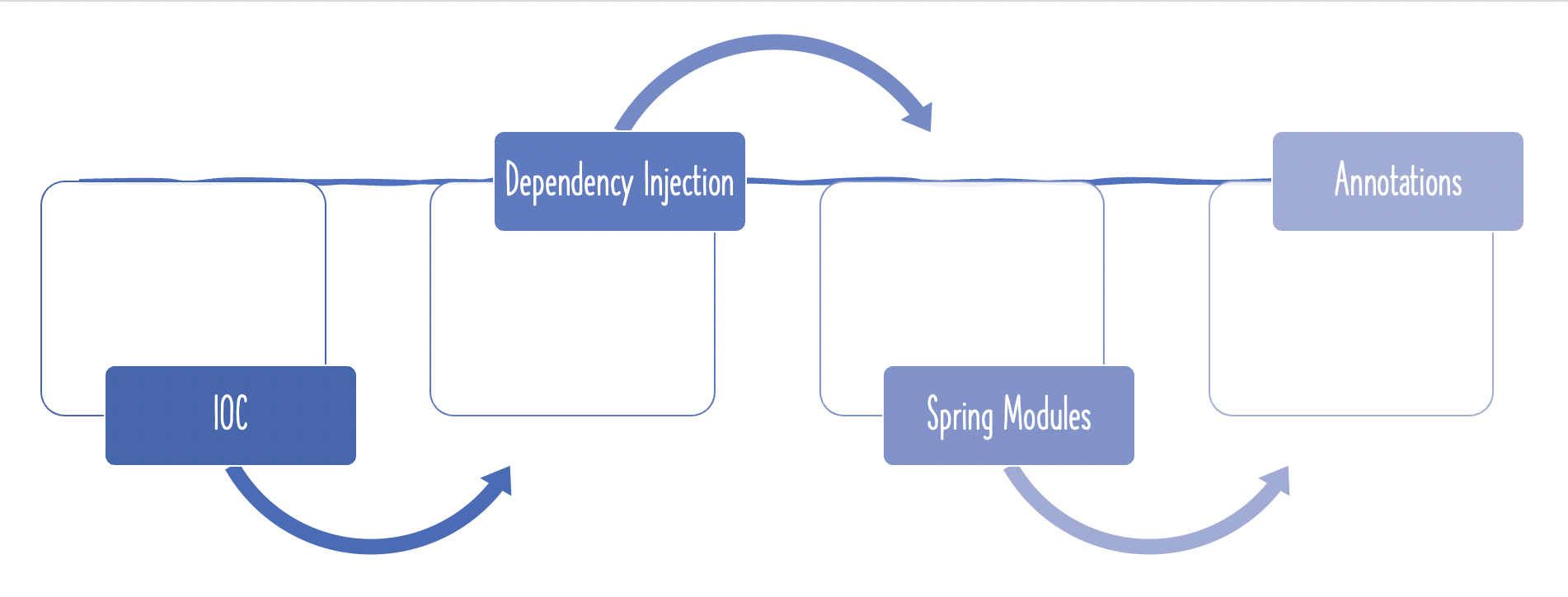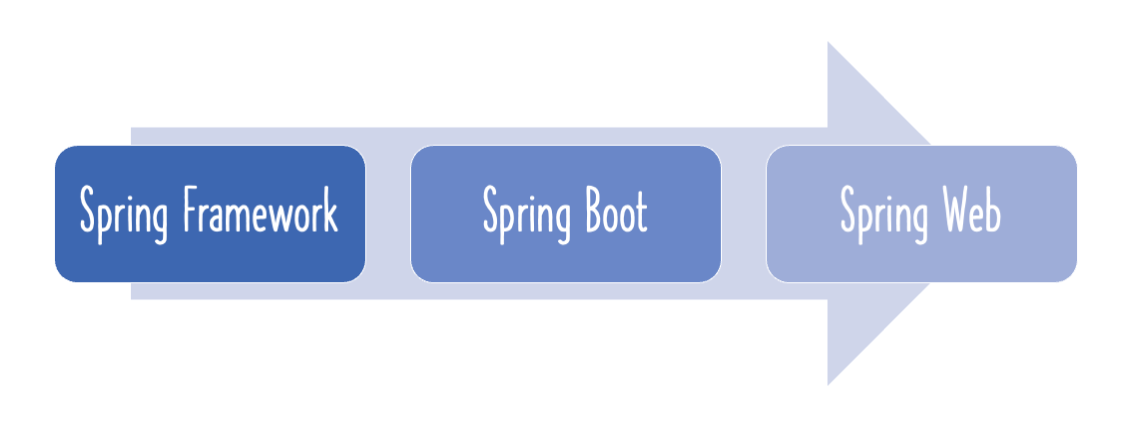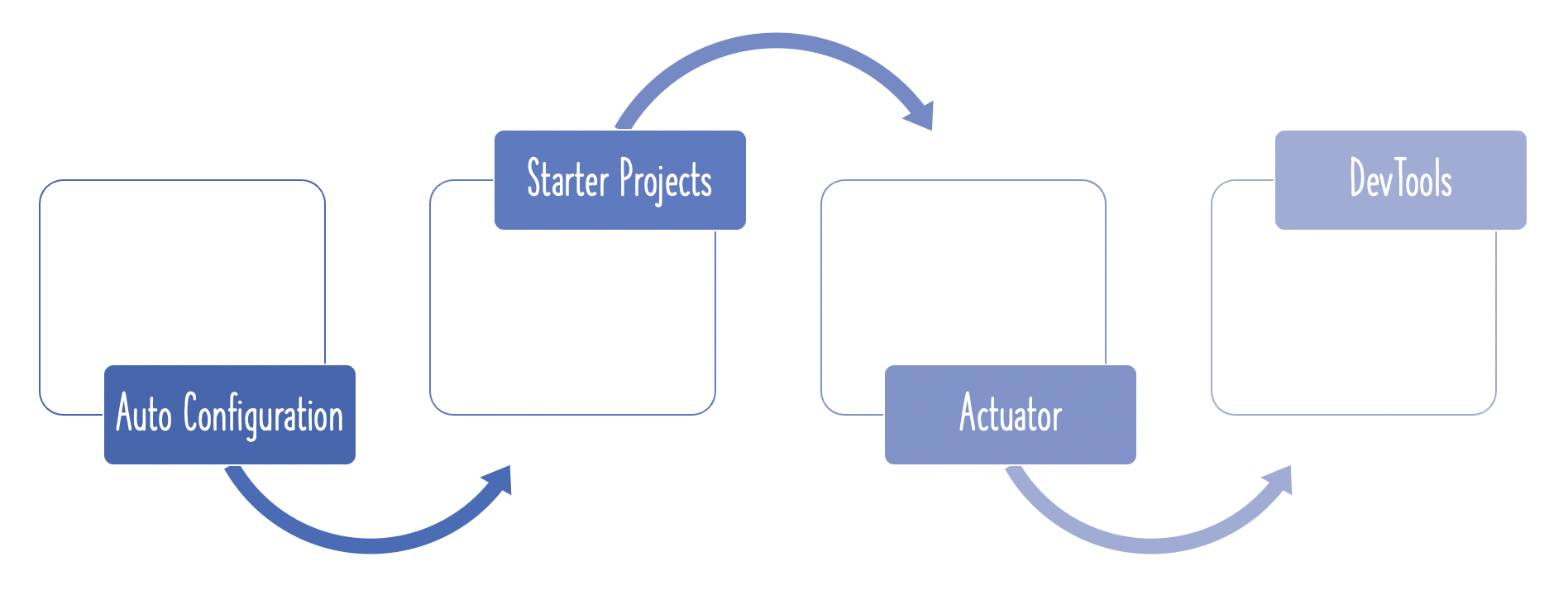Developers starting with the Spring framework often get confused with terminology - Dependency, Dependency Injection and Inversion Of Control. In this article, we introduce you to the concept of Inversion of Control.
You will learn
- What Is Inversion Of Control?
- What are good examples of inversion of control?
- How does Spring Framework implement Inversion of Control?
- Why Is Inversion of Control Important and what are its advantages?
What Is Inversion Of Control?
Approach-1
Have a look at the following implementation of ComplexAlgorithmImpl:
public class ComplexAlgorithmImpl {
BubbleSortAlgorithm bubbleSortAlgorithm = new BubbleSortAlgorithm();
//...
}
One of the numerous things that ComplexAlgorithmImpl does is sorting. It creates an instance of BubbleSortAlgorithm directly within its code.
Approach-2
Now look at this implementation for a change:
public interface SortAlgorithm {
public int[] sort(int[] numbers);
}
@Component
public class ComplexAlgorithmImpl {
@AutoWired
private SortAlgorithm sortAlgorithm;
//...
}
ComplexAlgorithmImpl here makes use of the SortAlgorithm interface. It also provides a constructor or a setter method, where you can set the SortAlgorithm instance into it. The user tells ComplexAlgorithmImpl which sort algorithm to make use of.
Comparing Approach-1 and Approach-2
Approach-1
ComplexAlgorithmImplcan only useBubbleSortAlgorithm, it is tightly coupled.- If we need to change
ComplexAlgorithmImplto use quicksort, the relevant code needs to be changed entirely. - The control over the
BubbleSortAlgorithmdependency is with theComplexAlgorithmImplclass.
Approach-2
ComplexAlgorithmImplis open to using any implementation ofSortAlgorithm, it is loosely coupled.- We only need to change the parameter we pass to the constructor or setter of
ComplexAlgorithmImpl. - The control over the
SortAlgorithmdependency is with the user ofComplexAlgorithmImpl.
Inversion Of Control At Play!
In Approach-1, ComplexAlgorithmImpl is tied to a specific sort algorithm.
In Approach-2, it say’s - give me any sort algorithm and I will work with it.
This is inversion of control.
Instead of creating its own dependencies, a class declares its dependencies. The control now shifts from the class to the user of the class to provide the dependency.
Why Is Inversion of Control Important?
Once you wrote code with inversion of control, you can use frameworks like Spring to do Dependency Injection and wire up beans and dependencies.
Advantages Of Inversion Of Control
- Inversion of control makes your code loosely coupled
- Inversion of control makes it easy for the programmer to write great unit tests
Do check out our video on the same topic:
Summary
In this article, we talked about inversion of control. Instead of a class creating an instance of its own dependency, it leaves it to the user of class to pass it in. Inversion of control makes code loosely coupled.











